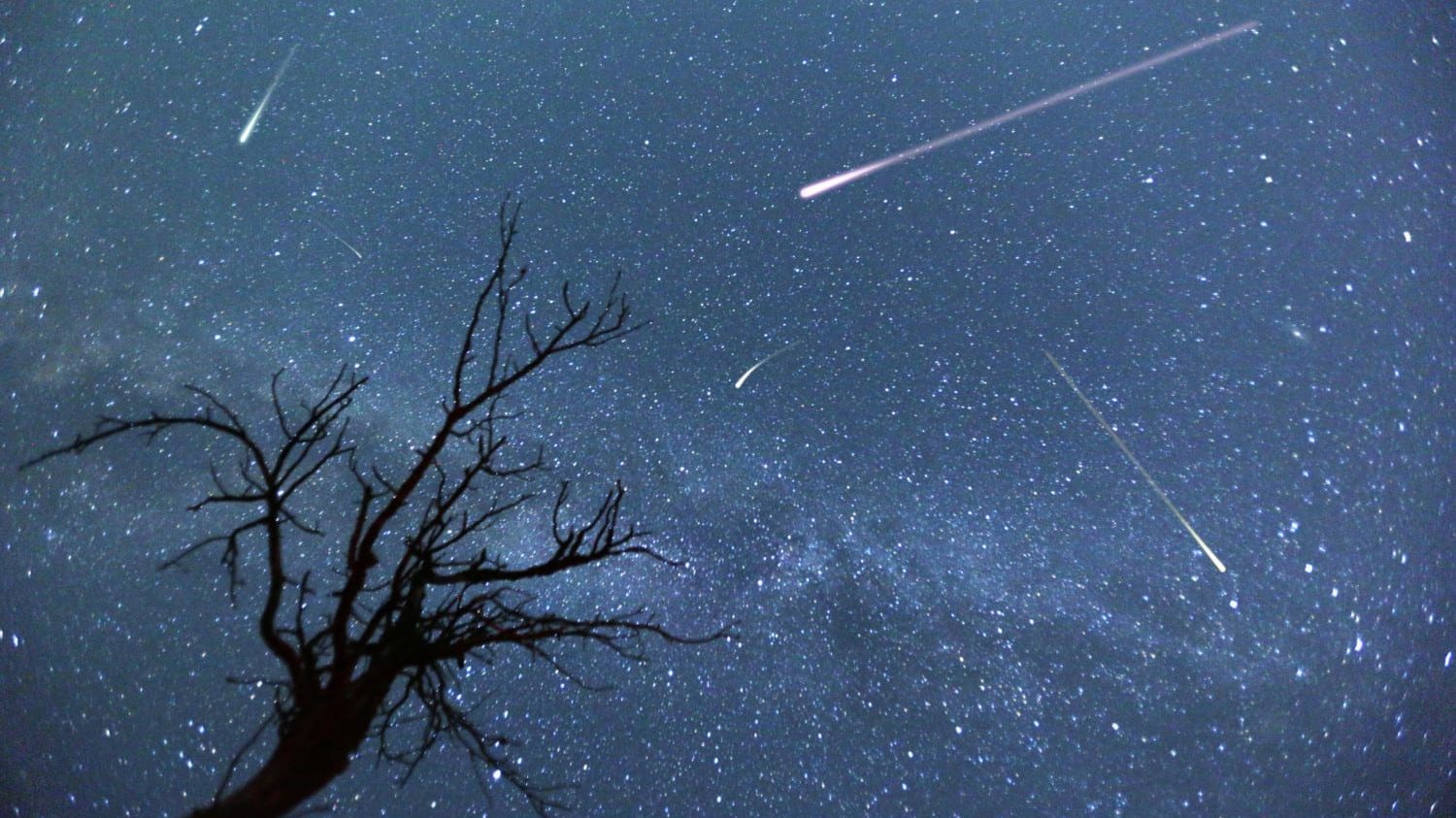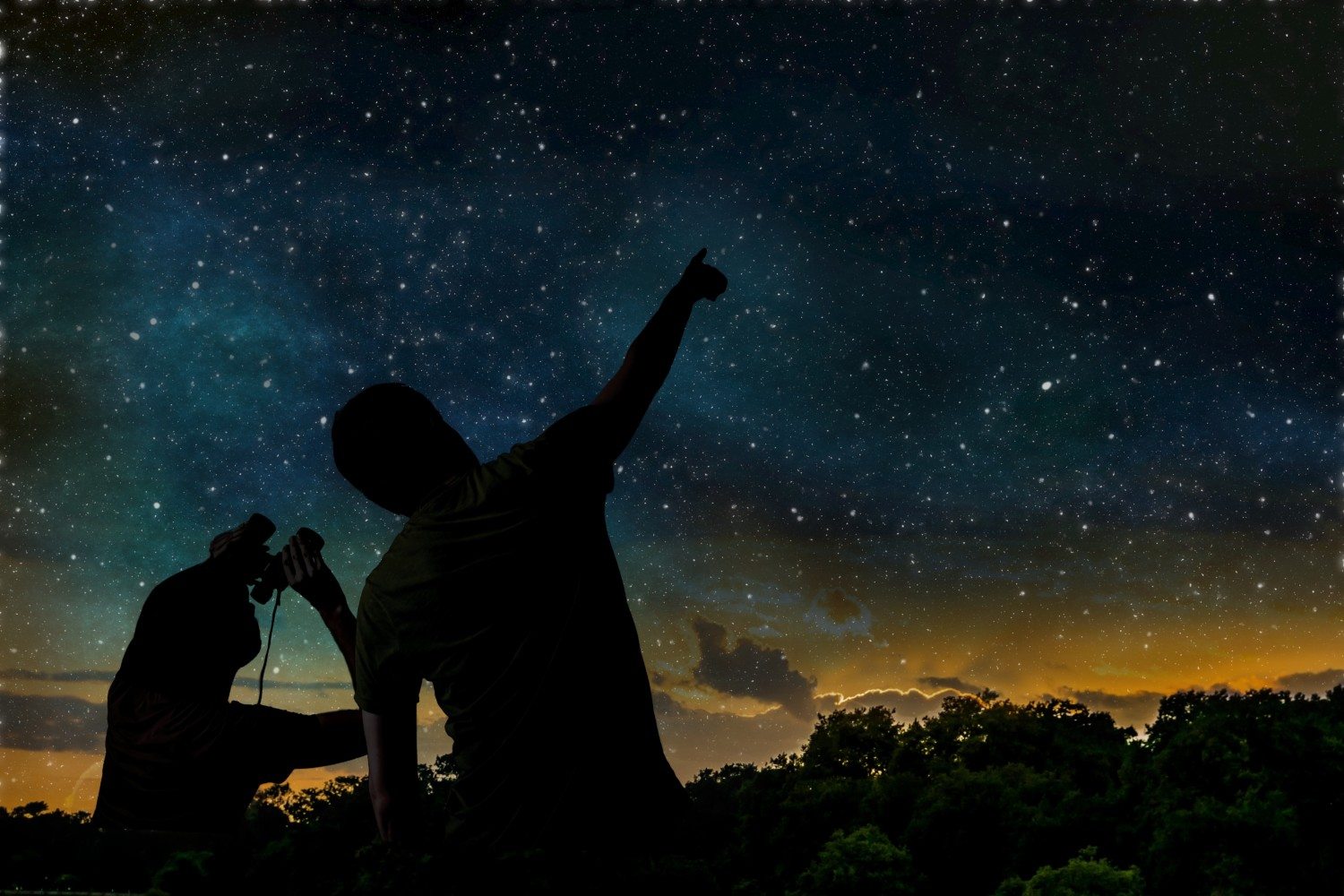The Lyrid meteor shower, named after the constellation Lyra, will peak late in the evening on April 21 and again late in the evening on April 22 in the Northern Hemisphere.
Spotting meteors this year may be a little more challenging than in the past because the waning moon is nearly full in the sky. Because of the expected brightness, sky watchers may have better luck seeing some meteors after the peak late on April 23 or April 24 when the moon is smaller.
At its peak and in ideal conditions, patient observers will be able to spot anywhere between 10 and 15 meteors per hour, but throughout the Lyrids’ long history, astronomers have noted rare outbursts of up to 100 meteors per hour.
The most recent recorded outburst of 100 meteors was recorded in the United States in 1982. In 1945, Japanese observers saw about 100 meteors in an hour, and before that, Greek observers recorded the same number in 1922.
Observations of the Lyrid meteor shower have even been recorded in historical Chinese texts more than 2,500 years ago, making this one of the oldest known meteor showers.
All these meteors are debris from the comet C/1861 G1 Thatcher, since each spring, the Earth’s orbit crosses through the orbital path of this comet. The comet itself takes about 415 years to orbit around the sun, and the last time it was visible in our solar system was in 1861.

Increase Your Chances Of Seeing The Lyrid Meteor Shower
As with any meteor shower, observers aren’t guaranteed to see something. There are things you can do, however, to increase your chances.
Start by finding a spot far away from city lights. Bright lights can make it more difficult to see anything in the night sky, especially a fleeting shooting star.
With the right location in mind, plan on arriving at least 30 minutes early to let your eyes adjust to the darkness.
Next, make sure you’re looking in the right direction. Lyrid meteors radiate from a point near the bright star Vega in the constellation Lyra the Harp, which can first be seen low in the northeast sky beginning at about 10 p.m.
This is the earliest anyone will be able to spot a meteor, but viewing will become easier and chances will increase as the night progresses because the radiant point moves higher in the sky.
Shortly after midnight, the radiant point will be roughly 30 degrees from the horizon, and in more of an easterly direction.
The late evening hours on April 21 before the moon rises (check your local time here) will likely offer the best chance to spot some of the Lyrid meteor shower, thanks to darker conditions.
Once the moon is out on the nights of April 21 to April 22, it will cause brighter conditions the rest of the night. This will make it more of a challenge to spot any meteors.

The First Meteor Shower Of Spring
The Lyrids are the first major meteor shower of the new season, which is another reason this meteor shower is so tempting.
As long as the night sky cooperates and the clouds stay away, temperatures are significantly warmer when compared to trying to spot meteors in the winter season.
After the Lyrids, sky watchers have the Eta Aquariids to look forward to in May before the summertime Delta Aquariids and Perseids.
Follow Meteorologist Jason Meyers on Twitter or watch one of his entertaining and educational YouTube videos.
This story originally appeared on Simplemost. Checkout Simplemost for additional stories.


